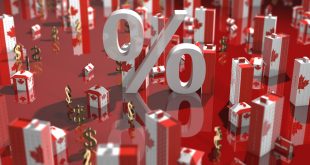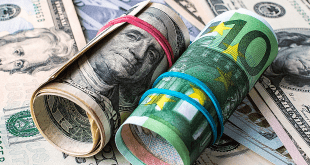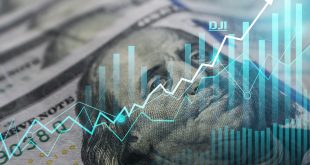The American central bank is expected to raise interest rates by another quarter point at its July 25-26 meeting, marking their eleventh total increase since March 2022. This decision comes after investors and consumers celebrated an inflation win in June, with prices rising 3% from the previous year.
Core inflation, which excludes food and energy, slowed at the fastest pace since the Fed began raising interest rates. However, the process of unwinding inflation in services, housing, medical care, and insurance categories could take more time, and Fed officials may not be satisfied with the high core price increases.
Economists predict that the Fed will likely keep its options open, and inflation could worsen if officials give the all-clear that they’re done, partly because it could spark a loosening in financial conditions that unwinds some of the necessary tightening in borrowing costs. The end of the rate-hiking spree is not something to celebrate, but economists are starting to feel more hopeful about the economy dodging a downturn.
Goldman Sachs reduced their forecast of a recession to 20% in the next year, while Bankrate’s quarterly forecast survey fell to the lowest level in a year. The Federal Reserve (Fed) is set to raise rates in July, and the Fed will have to debate future rate moves, including whether it’s worth speeding up the disinflationary process to preserve the strong job market.
The Fed’s intention to raise rates again by the next meeting in July is expected to be followed by keeping rates steady in September and raising rates again in November. The average forecast in Bankrate’s quarterly survey penciled in 5.5-5.75 percent as the peak for the federal funds rate, with 37% expecting the Fed to raise rates once more.
Stubborn inflation is keeping the Fed on guard to raise rates two more times. By the end of this year, Fed officials foresee core prices hitting 3.9%, up from 3.6 percent. Policymakers also saw increased risks that inflation could come in hotter. However, there’s always a chance prices may end up cooling even more than expected. The Fed will need more time and data to determine which narrative prevails.
The outlook is uncertain, and experts are starting to rethink the aggressiveness of Fed policy. Assuming the Fed follows through with its July rate hike, interest rates will be 2.75 percentage points above the level officials see as “neutral,” meaning it’s well crossed over the threshold of stimulating economic growth to restricting it. The job market likely needs to cool more to get inflation down to the Fed’s 2% goal post.
The Fed’s current path for a soft landing is widening, as inflation has fallen so aggressively without a broader dent in the economy. This has led some economists to expect the Fed may be able to achieve the impossible: a gradual cooling, or soft-landing, of the economy. The Fed’s current path for a soft landing is widening, as markets have been celebrating the economy’s resilience, with the S&P 500 up about 19% since the start of the year. However, day-to-day gyrations in markets could be possible as the Fed attempts to cool inflation without doing too much harm. The economy’s continued resilience is also euphoric, with investors and consumers feeling euphoric from the strong job market and confidence about the future.
Definitions for a soft-landing will be important, as some slowing is expected, but the bar for a soft-landing is not only about avoiding a severe recession. Jackson doesn’t foresee unemployment rising higher than 5%, while Bankrate’s survey of economists penciled in a joblessness rate of 4.5% by June 2024. Both would likely signal a recession has begun, but that downturn would likely be milder.
The economy was initially optimistic at the start of 2023, but the Silicon Valley Bank failed. Bankrate’s quarterly forecast shows a 59 percent chance of a recession, suggesting a downturn. The regional banking crisis highlights the unpredictable nature of the economy and the need for contagion.

 Noor Trends News, Technical Analysis, Educational Tools and Recommendations
Noor Trends News, Technical Analysis, Educational Tools and Recommendations




